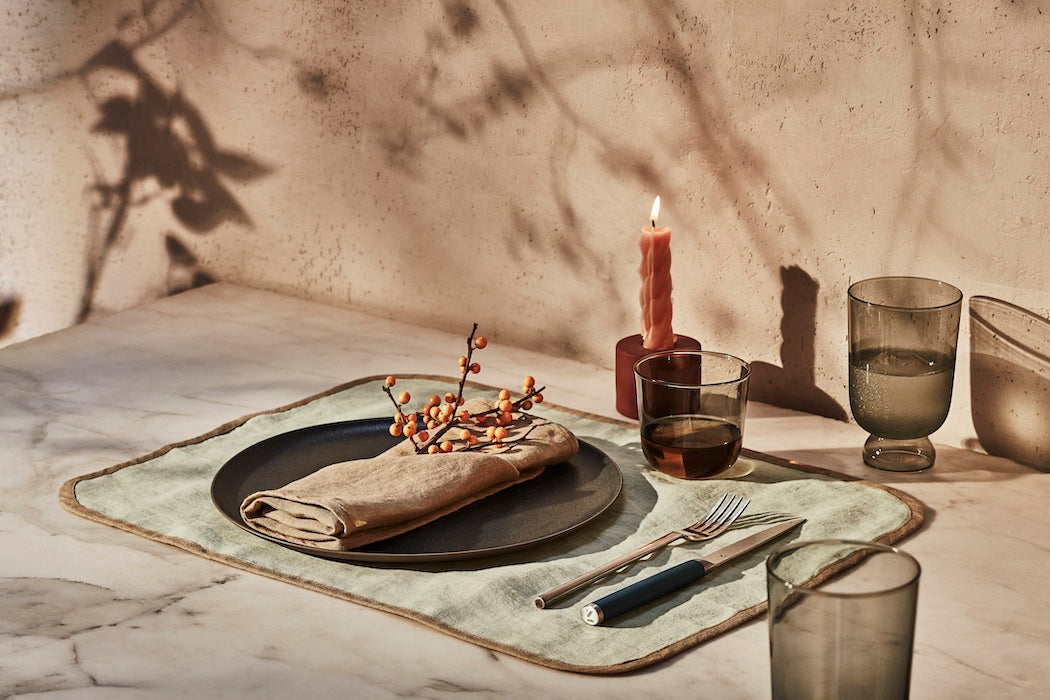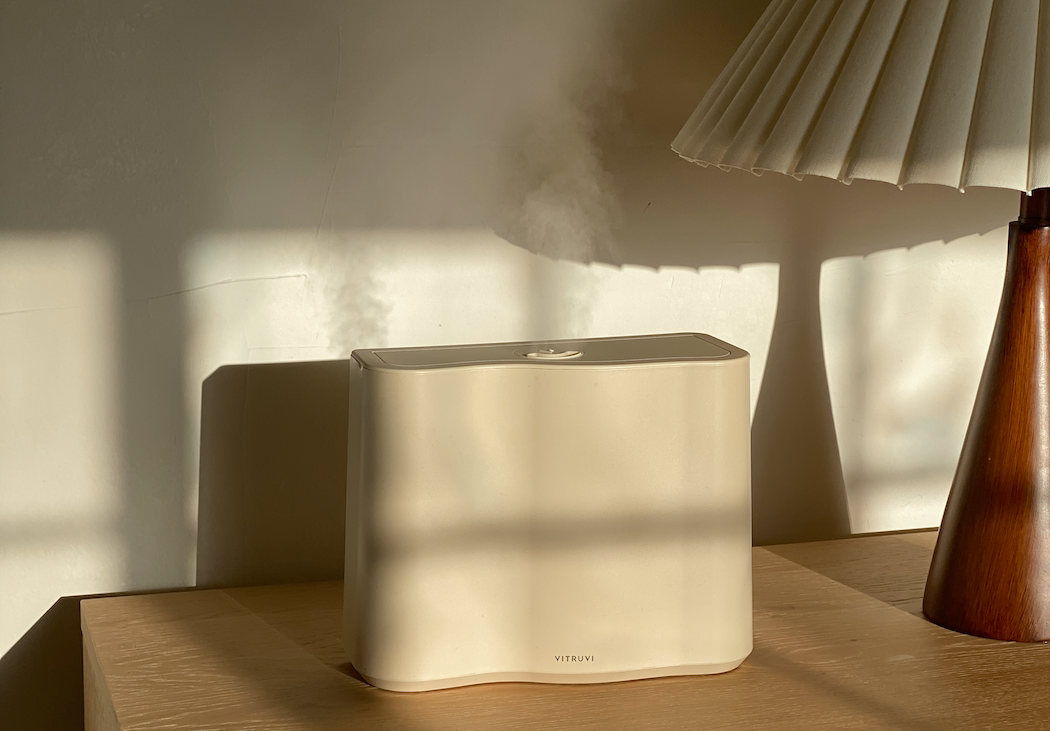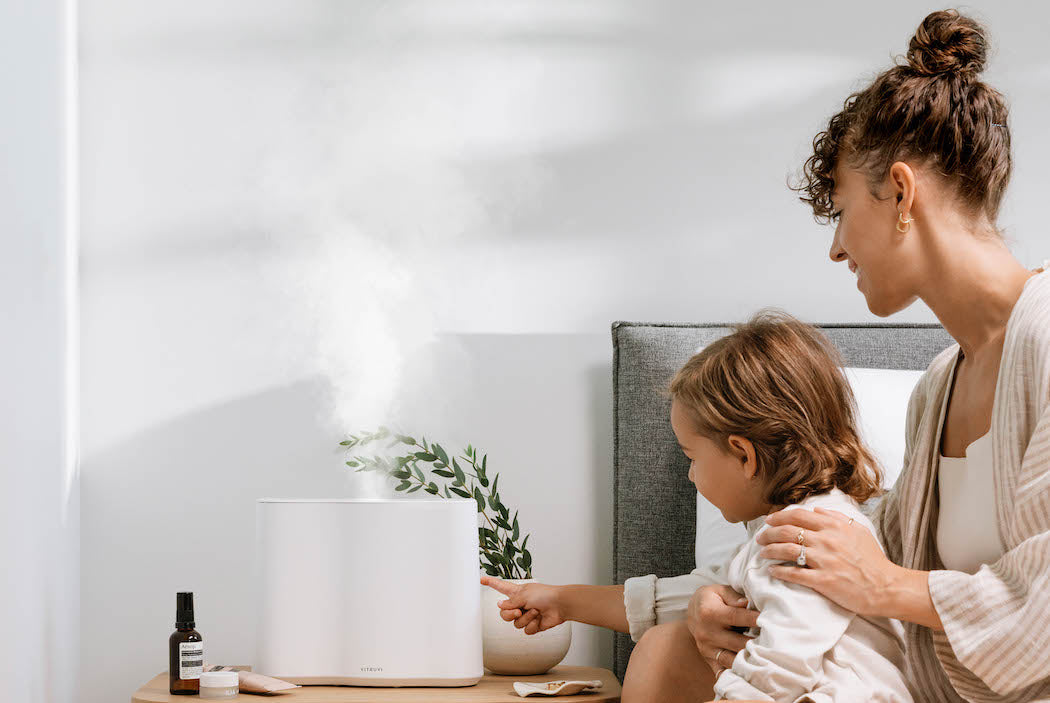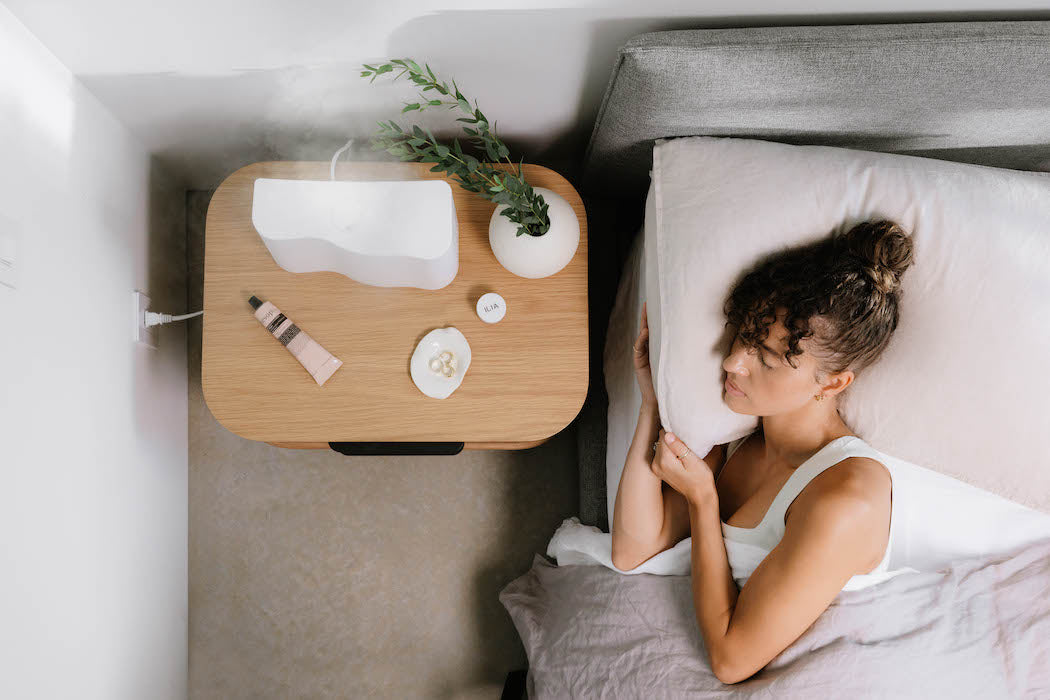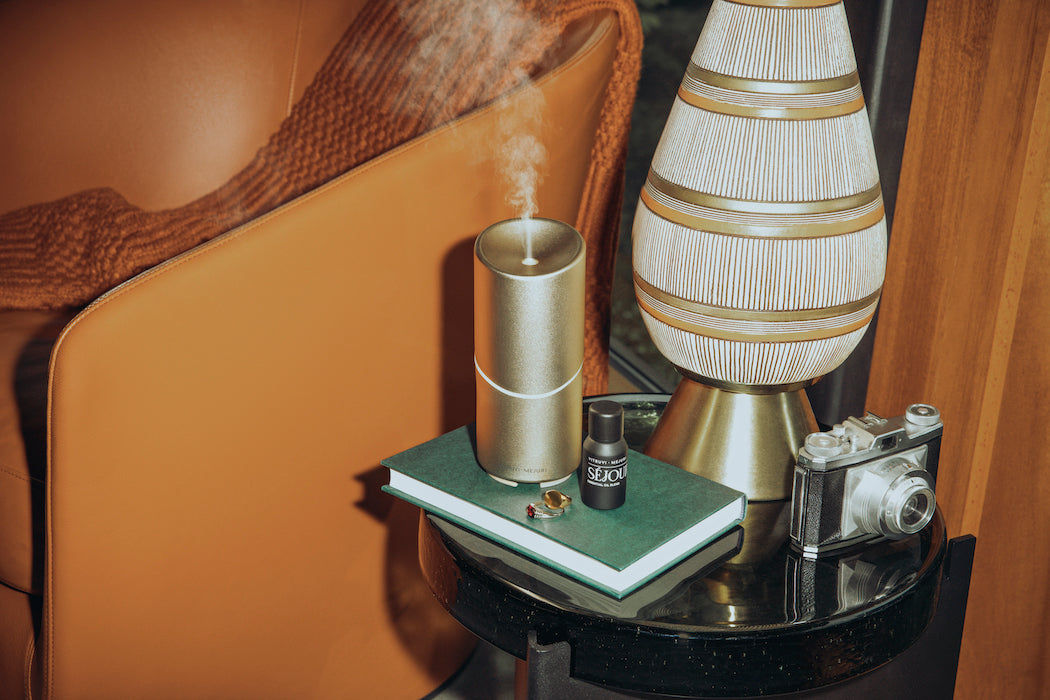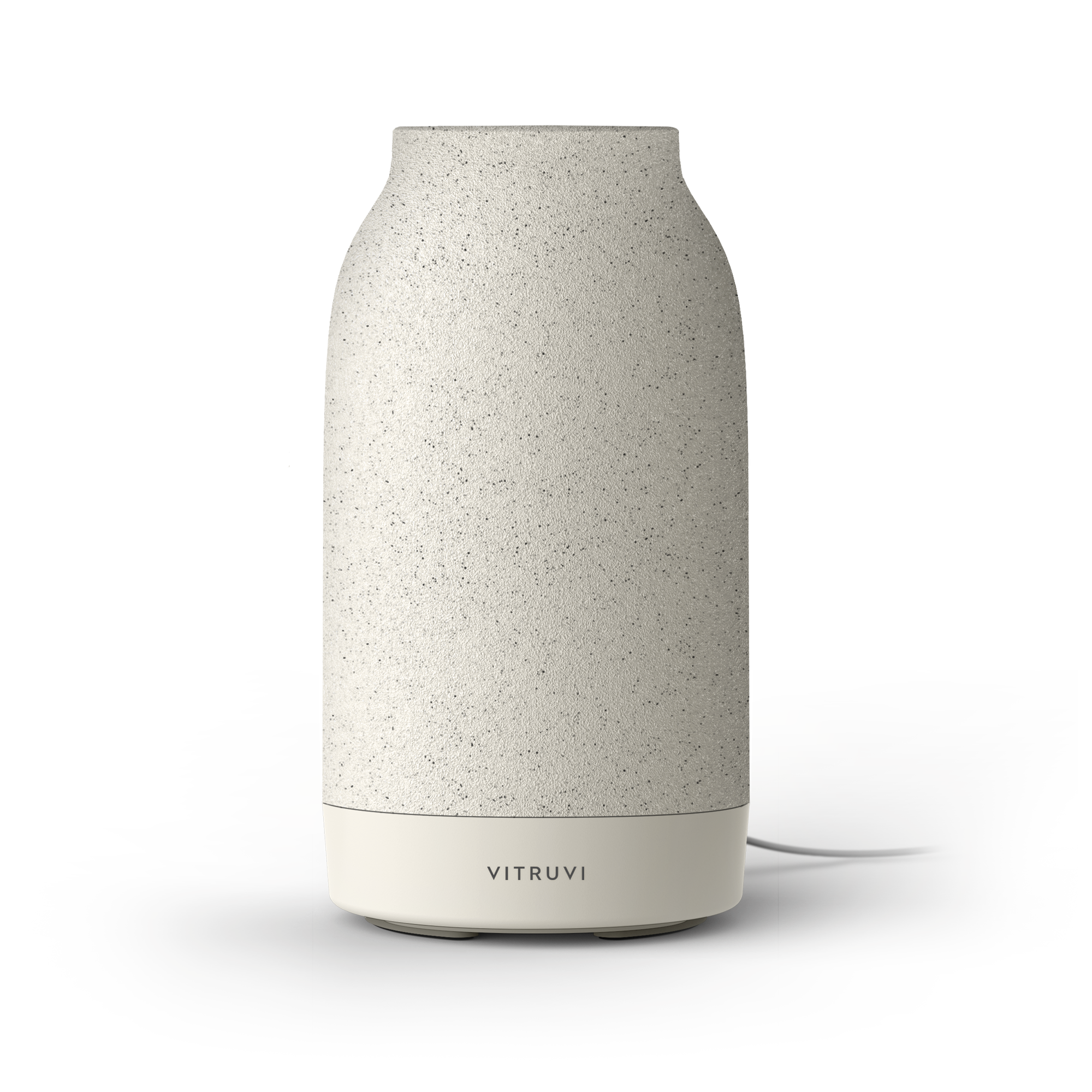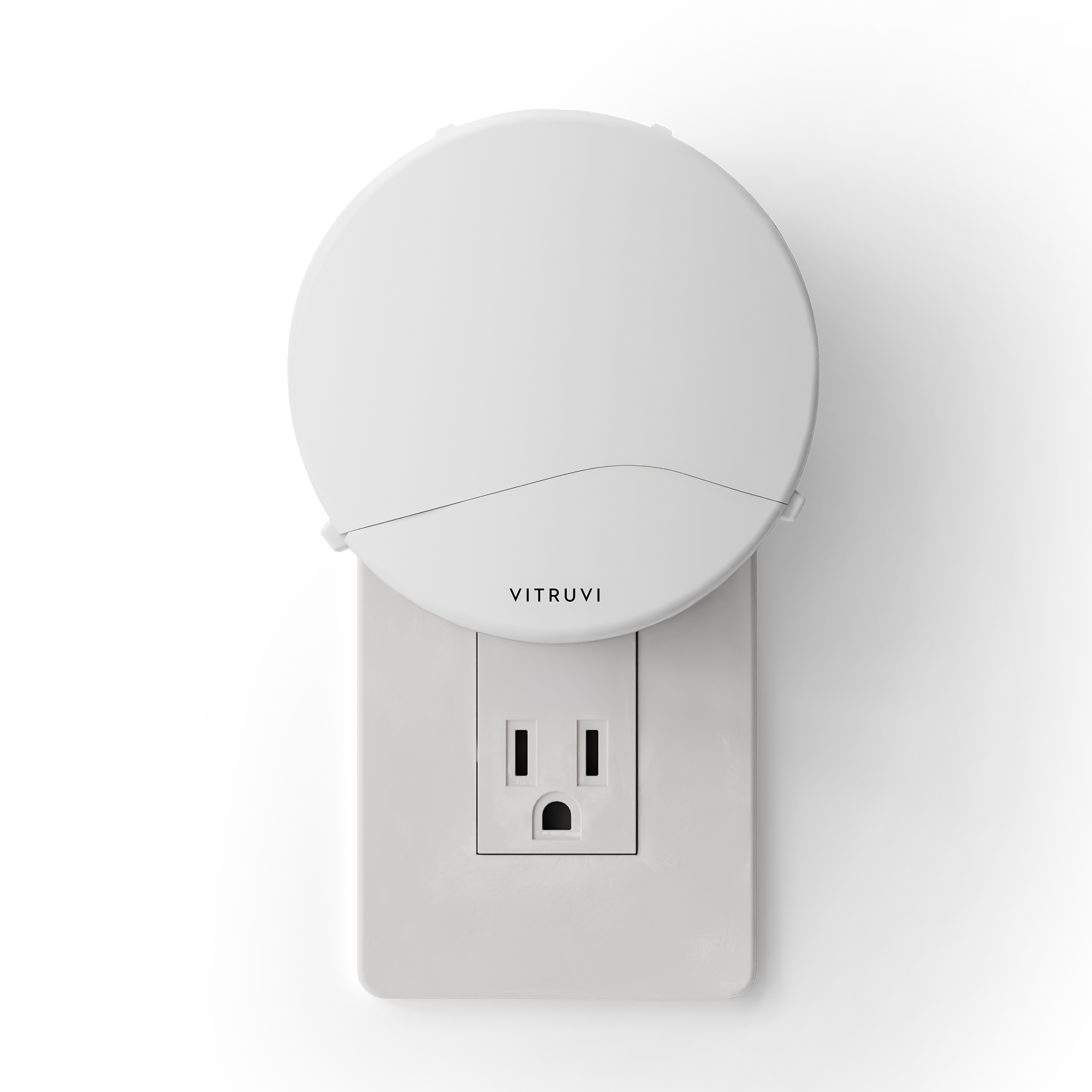Editor’s note: Making Space for Grief is a new column dedicated to inspiring holistic ways of caring for ourselves through grief. In this debut piece, Alica Forneret speaks with three Vancouver-based wellness practitioners about how we can design our homes to better support us.
Grief can turn our worlds completely upside down.
When my mom died, I had just moved from California to Scotland and was living with my partner and his roommate. Before her death, I was so excited to be somewhere new. But after, I entered into a period of upheaval, confusion, and transition.
I did my best to find spaces that felt safe to grieve: daybeds where I could write, or windows where I could read. But I also spent time crying in the shower just because it felt like a safe space where I could be truly alone.
Years later, I’ve found that if I intentionally set up my home to foster comfort, I feel less restricted on where, how, and when I can grieve openly. This means creating safe space, communicating with my partner, and advocating for what I need to heal.
“Our sense of safety is crucial for our mental health,” says anti-oppressive coach and counsellor Ji-Youn Kim. “And it will determine whether we allow ourselves to process emotionally-vulnerable experiences like grief, and to what extent and in what ways.”
Navi Gill, a holistic wellness educator and Ayurvedic therapist, agrees that “we need to be able to feel safe, relaxed, and shift from being in the sympathetic nervous system and reactive mode in order for our body’s natural healing to take place.”
Similarly, meditation teacher and wellness artist Dora Kamau says: “My home is my sanctuary, my safe place, a place of refuge … This allows for my nervous system to be at ease.”
How to make space for grief in your home
—Reflect on what will support you best
Everyone’s grief is different, and what we need can change from day to day. So it’s important to reflect on what your grief is asking of you.
“Before we even look at the external physical environment, we need to check in with our body, mind, and spirit and allow for there to be space for the grief to move through us,” says Gill. “This can be done in so many different ways. If we connect to our ancestral wisdom, it tells us to be with nature, be inward through meditation, chant, pray, cry, move, dance, breathe, write.”
At times, my grief and my body tell me that I need a quiet space to curl up in a ball and cry. Other times, I need a light-filled room and a comfy chair to journal in, or a patio to sit on while I stare at our garden and watch the birds my mom would have known all the names for.
Ask yourself:
- What do you need? Do you need a quiet spot where you can think? Do you need to be stimulated and distracted? Do you need somewhere to move your body because it’s stiff? Do you need somewhere to sleep because you’re simply exhausted?
- How is your grief presenting? Is it making you anxious and claustrophobic? Is it making you tired and physically drained? Is it making you energized and motivated?
- What’s helped before? Which items and settings have helped you during other challenging times?
—Find dedicated space
Determining what amount and type of space you have is important. Maybe you have the privilege of a separate room you can deck out, or maybe you have just a corner to command as your own. Regardless, deciding what space will make you feel the safest to grieve will allow you to feel like there’s somewhere to turn whenever you need to.
Option 1: Take over a spare or rarely-used room
If you feel like you’ll need to be alone and you have some space to take over, find a room with a door that’s not used for anything else. This will ensure that no one barges in on you or asks to “just grab something real quick” while you’re trying to take care.
Gill notes that having private space is particularly important for her grieving process. “Having a lock on my door—I never grew up with that, because living in an extended South Asian family, there really wasn’t such a thing as privacy,” she says. “But more so than privacy, some of us might need that physical barrier for safety from the folks we share living space with.”
Option 2: Designate a safe corner of your bedroom (or just climb into bed)
There are a lot of things I don’t do in my bedroom—watch TV, mess around on my phone, eat, work—but grieving is not one of them. My bedroom is, after all, the most relaxing place in my home.
“Having comfortable clean, crisp, white sheets on my bed means I can lay down and just let go,” says Gill. “A heat pad or magic bag is also a must for me; laying in the fetal position with the warmth helps me feel safe to cry.” Setting up your bedroom can be an easy way to transform a place built for restoration.
“My main safe space for grief is my bedroom (which is now also my office and my gym),” says Kim. “I have a large pastel green tapestry of a mandala on one wall that I face when meditating that helps soothe me. I turn off my main lights and turn on a small salt crystal lamp by my bed and warm string lights on my wall when I’m winding down for the night—which is very helpful when I’m tuning in with myself and checking in with my body.”
Option 3: Adjust and command your shared areas
If you don’t have a huge home or unused space, you can adjust or transform a spot that you use for other activities during the day. As a person who lives in a 500-square-foot apartment in Vancouver, I can tell you right now that there are ways to get creative.
Simply flipping a chair to face a window can allow you to take in the outdoors and physically turn your back on the rest of your house and responsibilities. Or curating a box full of items (trinkets, photos, a special pillow) that you set up around your couch when you need extra support can change the setting and make it feel curated for a new use. Grieving doesn’t always involve sitting around and crying in your pyjamas, either; processing our grief can involve self-care activities like long baths to relax body aches from stress, or cooking a loved one’s recipes to evoke memories.
If you share space with others, it can also be important for them to know what you need while grieving. If you need to be able to move around furniture or have moments of intense emoting, their support can be crucial for you to feel safe and free to express yourself. “I let my sister know when I just need to make sound while I’m emoting—when I feel the need to cry out loud for 15 or 30 minutes, or growl into my pillow with anger, or vent out loud,” Kim says. “She is in the room next to me, so it’s helpful to let her know, ‘Hey, this is what I’m going to be doing, for this long. I’m okay, I just need to do this.’ Or, ‘Could you check in on me in 30 minutes?’”
—Incorporate items with intention
Once you have your space, find ways to stay both comforted and present within it. The space is for you, the time is for you, and the items you surround yourself with should feel particularly supportive of you. This doesn’t have to mean going full Marie Kondo on your space, but can inspire you to be more intentional about what you leave out on the countertops and side tables in your home.
I’ve found that there are certain items that serve my grieving process continuously, like greenery to brighten my home office, or the diffuser in my bedroom that helps me relax. But there are also items that I find helpful some days and not so helpful the next, like pictures of my mom. Consider incorporating items that feel great now, but be open to shifting as your grief needs change.
“When it comes to creating a space for mindfulness in my home, I’ve been intentional with the pieces that I’ve chosen to adorn my home. Every object holds a meaning and every plant has a name,” says Kamau. “When it comes to my meditation space, I created a sacred space in my home that serves all my senses—an object and item for sight, scent, taste, touch, and sound. This way I can be fully present and grounded when I’m practicing.”
Scent has a strong connection to the nervous system, says Gill, so having oils or herbs on hand is a great way to feel calm in your body (we suggest soothing Lavender or grounding Frankincense). “Have colours and objects that create a sense of safety, ease, and invoke beauty—like flowers, plants, artwork,” she says. Similarly, Kim suggests “plants for the eyes, aromatherapy for the nose, cups of tea or chocolates for taste, a speaker for soothing music for the ears, a soft blanket for touch.”
In addition to physical items, there are other adjustments that you can make to your space to allow in fresh air or better light. “I have to have my window open at all times, even if it’s just a crack,” says Gill. “Sometimes when grief becomes too much, breathing can be difficult and the fresh air helps bring prana in and carry heaviness out. I also have a bunch of salt lamps around my room. I find the warm orange and gold light also gives my nervous system the signal that I am safe.”



